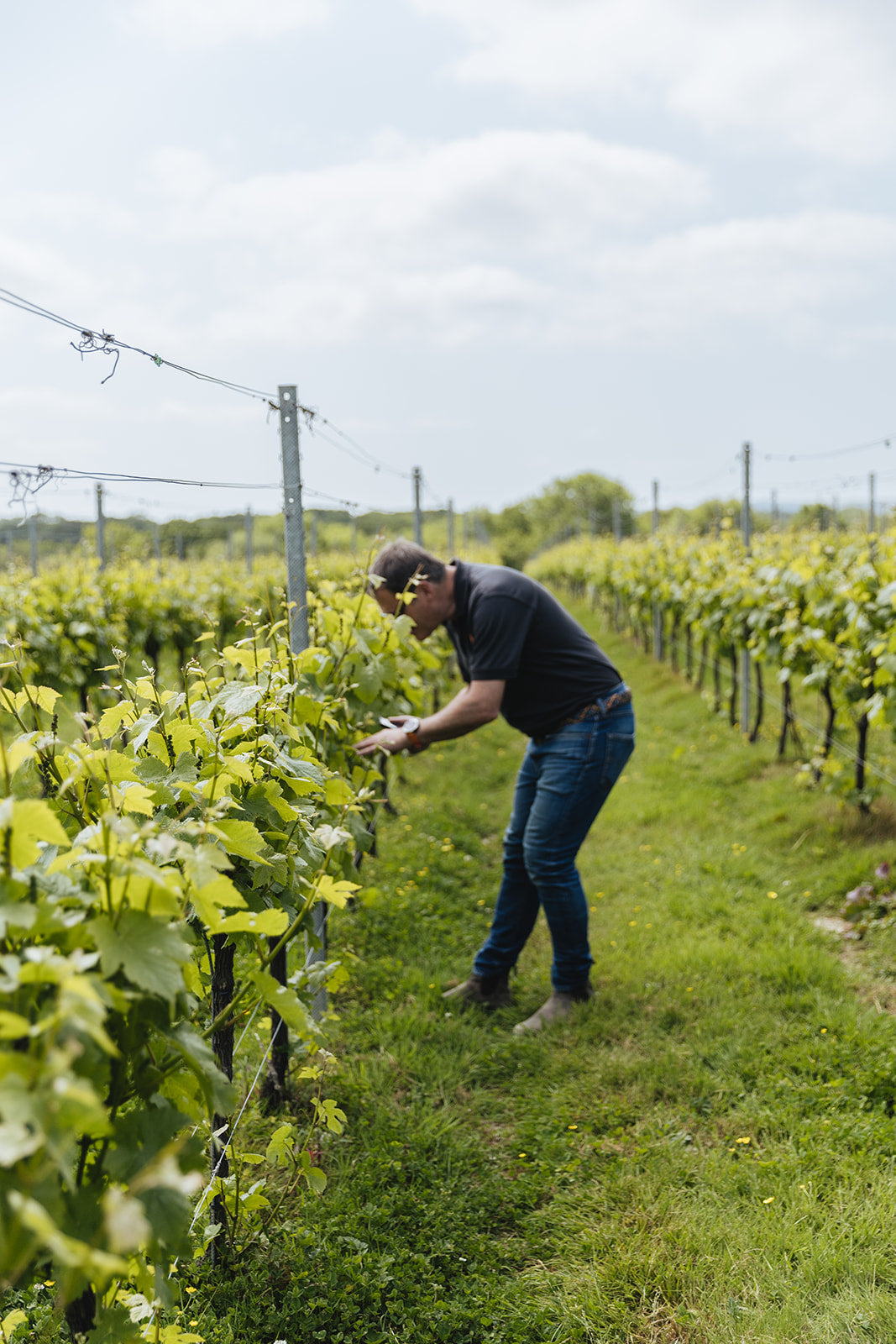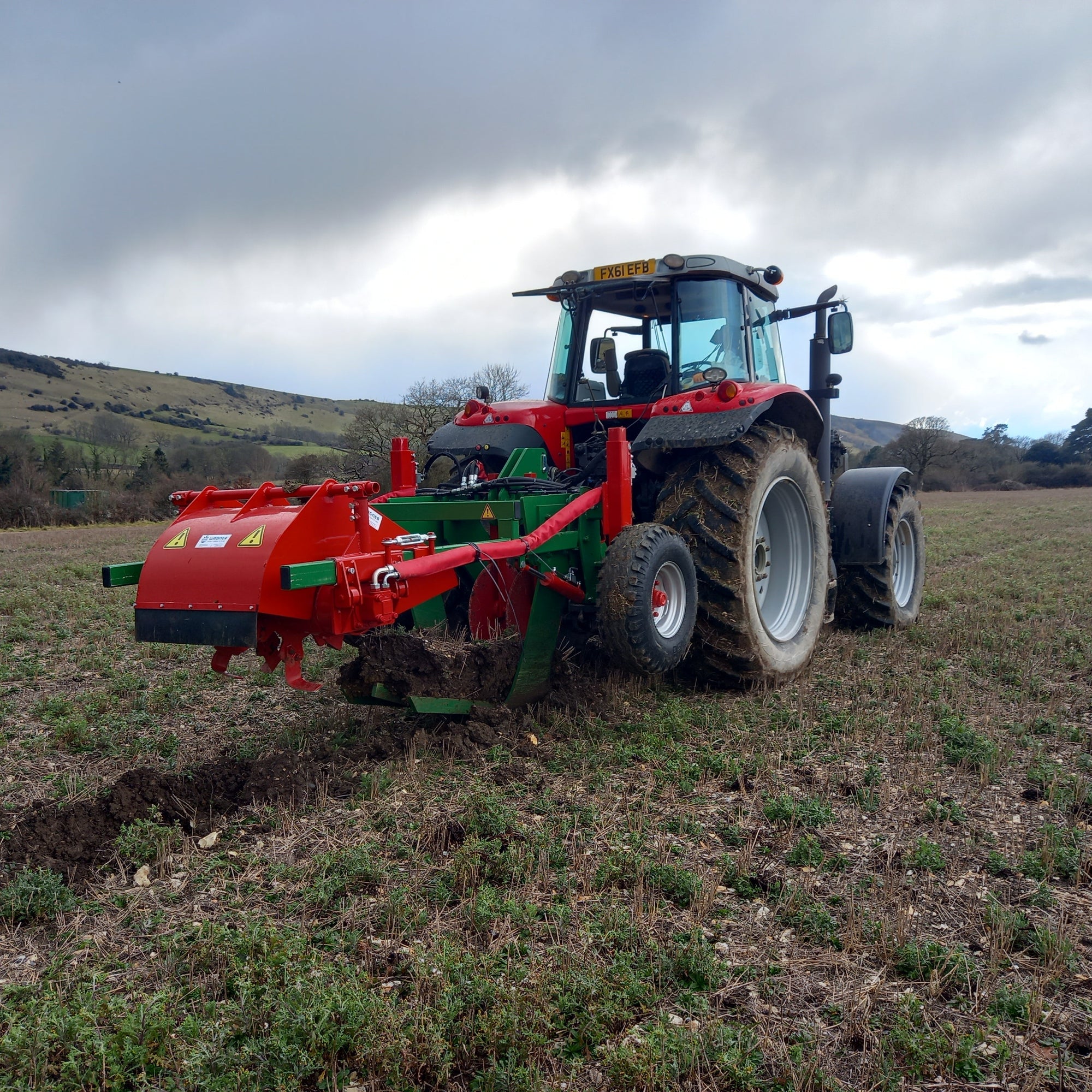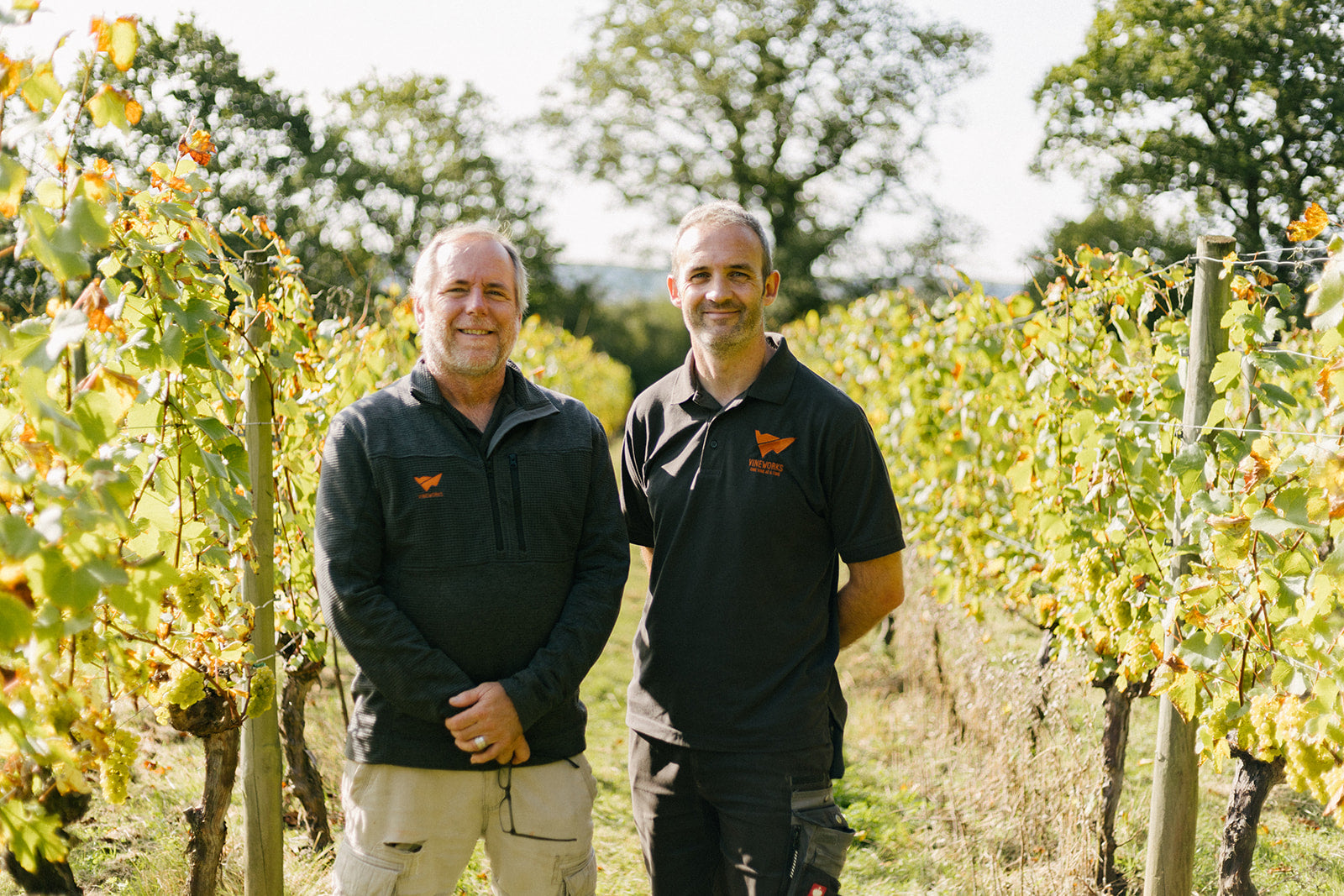

The Value of the Intangible in Viticulture
Viticulture isn’t just about rows of vines, pruning schedules, and Brix readings. It’s about the things you can’t quite measure - the shimmer of life in a vineyard, the invisible networks of cooperation, and the strange, sometimes spooky intelligence of nature itself.
We live in an age obsessed with numbers. Computers see the world in zeros and ones. Even a “random” number generator on a supercomputer is never truly random. Strangely enough, research shows that human minds - without any physical connection - can nudge the outcome of these machines. Life itself, by contrast, is built on true randomness: the way genes split, the unpredictable dance of pollen in the wind, the chance encounter between bee and blossom. Evolution is driven first by randomness, only then shaped by selection. Which begs the question: can a purely mechanical, Darwinian lens really capture the messy brilliance of nature?
In vineyards, there is no binary. There is aliveness.
Aliveness is hard to define but easy to spot - it’s in a person’s vibrancy, the sparkle in their eyes, the way they seem to hum with energy. Vineyards are no different. One parcel sings; another sulks. Stewardship is about creating conditions for that vibrancy to flourish - biodiversity in plants and insects, soils rich with microbial chatter, a system that resists disease not through force but through balance.
Then there’s freshness. In Britain, our supermarkets sell us food for how it looks, not how it tastes. Go to Italy, and freshness is in the flavour, not the packaging. Findus frozen peas, oddly enough, have probably nailed it better than most retailers. But how do you put a number on that?
I once tried three different grape sorting methods in my French vineyard. One was simple: pick bunches, destem, ferment. The second: run them over a friend’s sorting table and through a crusher. The third: sit in a circle with friends, each of us on an upturned bucket, plucking every berry by hand and placing it straight into the barrel. Mechanically, they were all similar processes - but the wines could not have been more different. The hand-sorted berries had a freshness, a vibrancy, an almost electric life to them. You could taste the human touch.
When I was younger, I read The Secret Life of Plants. One story stuck with me: a CIA interrogator, accustomed to lie detectors, wired one to his rubber plant. When the plant was about to experience stress - even something as simple as being moved - the needle jumped. Plants, it seemed, were aware in ways we couldn’t explain.
We risk losing this awareness when viticulture is reduced to dogma - sustainable, regenerative, biological, or someday, AI-managed - all of them useful, but all at risk of becoming as rigid as the chicken with its beak on the white line. In that famous experiment, researchers drew a chalk line in front of a chicken’s beak, held its head still for a few seconds, and then released it. The chicken, fixated on the line, would often just stand there, “hypnotised,” forgetting it could simply step over.
Humans do the same - trapped by arbitrary rules, traditions, and goals. Meanwhile, nature is busy collaborating and improvising. Starlings form living clouds in murmuration. Flowers can hear pollinators and produce more nectar when they do. Seaweed, while not a fungicide, somehow teaches plants to defend themselves better, thickening their leaves, strengthening their immune systems, even fostering friendly microbes that outcompete pathogens. Nature thrives through conversation, not control.

When I started in viticulture, I waited eagerly for a copy of Richard Smart’s Sunlight into Wine to arrive from New Zealand. I learned to measure sun-flick through canopies, painstakingly recording data. Years later, I realised I no longer needed the instruments. A slow walk through the vineyard, senses open, told me more than the numbers ever could.
Knowledge is knowing which grape varieties make which wine. Wisdom is tasting the grapes before you harvest.
Once, a geologist helping me soil-map my vineyard told me a story. In the south of France, the hilltop churches are never placed by accident. Priests would walk the ridges in the cool of morning, noticing certain spots were warmer. By midday, those same spots would be cooler. That’s where they built their churches - all of them, curiously, on geological fault lines. People once had this subtle sensitivity. Somewhere along the way, we misplaced it.
And yet, it’s still there, hiding in plain sight. I manage a vineyard for a couple who travel often, but when they are home, they tend the vines with gentle attention. In return, those vines radiate life. In 2025, they’ll likely yield 14-16 tonnes per hectare - but more importantly, they’ll give grapes with a flavour and energy you can’t engineer.
In the end, the most valuable part of viticulture is not in the spreadsheet. It’s in the hum of aliveness, the spark of freshness, and the quiet conversation between nature and the people who care for it.
BY CHARLES MARTIN, SENIOR VITICULTURIST AT VINEWORKS - SEPTEMBER 2025
(c) photo by Daria Szotek, 2023



